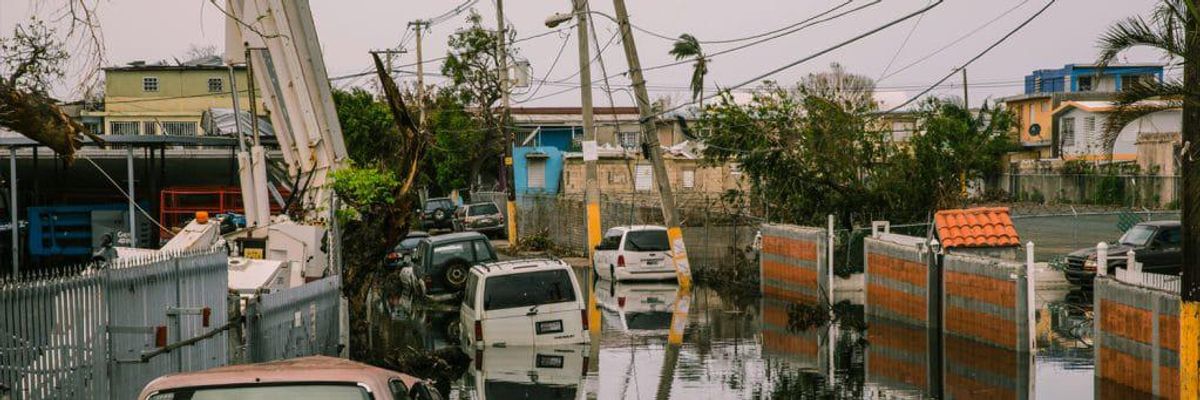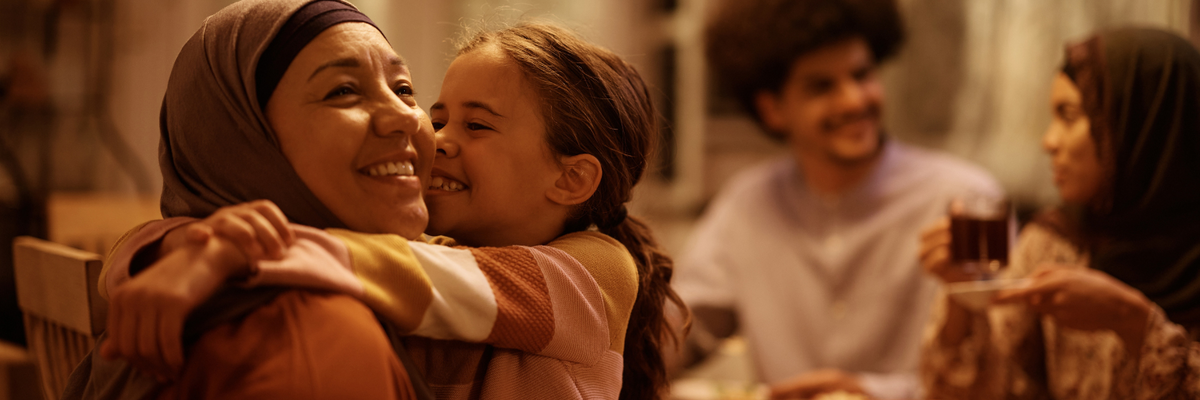Founded by Dr. Michael Galvez, the movement has quickly gained traction on social media platforms like TikTok and Instagram. As corporations scale back their commitments to DEI initiatives, the Latino Freeze Movement aims to highlight Latinos’ economic influence in the U.S. by strategically shifting consumer spending.
Origins of the Latino Freeze Movement
The movement began in response to recent rollbacks on federal DEI programs, which President Donald Trump labeled as, "illegal and immoral discrimination programs." The programs were eliminated within the federal government only by executive order in early 2025. Following these federal actions, several large corporations—including Target, Walmart, McDonald’s, and Starbucks—announced cuts to their DEI initiatives even though they weren’t obligated to do so. Executive orders cannot regulate private industry. These rollbacks by privately held corporations sparked a backlash from Latino leaders and activists.
The Latino Freeze Movement describes itself as a non-partisan, grassroots effort to demand respect for Latino and immigrant communities. Its primary strategy is to boycott corporations that have reduced or eliminated DEI programs while encouraging Latinos and their allies to redirect spending toward businesses that actively support diversity and inclusion.
How the Latino Freeze Works
The Latino Freeze campaign is attempting to empower consumers to use their purchasing power to support businesses that align with their values and to recognize the Latino community's economic influence. The movement follows several key strategies:
- Selective Spending for a Prolonged Period: Participants are encouraged to continue essential spending on rent, food, and healthcare but to avoid non-essential purchases from corporations that have rolled back DEI initiatives for as long as is necessary until corporations respond to the boycott.
- Support for Local Businesses: The movement emphasizes supporting Latino, Black, and other minority-owned businesses that uphold values of inclusion.
- Economic Blackout: A nationwide total spending freeze is planned for February 28, 2025, in which participants will avoid all purchases for a full day to make a statement about Latino economic power.
Prominent figures such as civil rights leader and activist Dolores Huerta, and Latino celebrities like John Leguizamo, have taken to social media to promote the one-day economic blackout, urging millions of Latino consumers to participate.
The Businesses Targeted for Boycott and Companies Recommended for Support
Latinos represent nearly 20% of the U.S. population, and their economic contributions have grown significantly in recent years. A 2022 report from the Latino Donor Collaborative found that the Latino GDP reached $3.7 trillion, surpassing the economies of the United Kingdom and India. With Latinos driving U.S. job growth and business formation, the movement’s organizers believe that a collective spending freeze could have measurable economic consequences for companies that depend on Latino consumers.
The Latino Freeze Movement has compiled a list of companies that have either eliminated or scaled back their DEI commitments. Some of the major corporations included in the boycott list are:
- Retailers: Target, Walmart, Hobby Lobby, HomeGoods, Marshalls
- Fast Food Chains: McDonald’s, Wendy’s, In-N-Out Burger
- Beverage Companies: Coca-Cola, Baskin Robbins
- Tech Companies: Google, Meta (Facebook, Instagram)
- Auto Manufacturers: Tesla, Ford, Toyota, Harley-Davidson
- Grocery Stores: Sam’s Club, Goya
Efforts by news outlets like NBC Bay Area to reach some of these companies for comment have been unsuccessful. At the time of publication, Target had not responded to Luz Media’s request for comment about the boycott.
The Latino Freeze Movement also highlights companies that have announced firm commitments to DEI. These businesses are considered "safe to support" due to their continued investments in inclusion and diversity initiatives. Among them are:
- Retailers: Costco, Trader Joe’s, Macy’s, Nordstrom, Ulta Beauty
- Grocery Chains: H-E-B, Fiesta Mart, Vallarta Supermarkets
- Fast Food & Dining: Ben & Jerry’s, Moe’s Southwest Grill, Taco Bell
- Banks & Tech Companies: JP Morgan, Apple, Microsoft
- Entertainment: Disney, Netflix
A full list of recommended and boycotted companies is available on the movement’s official website.
The Role of DEI in Corporate America
DEI programs were designed to address historical disparities caused by legal systemic economic oppression and exclusion and increase the representation of marginalized groups in hiring, leadership, and workplace culture. In recent years, DEI efforts led to increased recruitment of underrepresented minorities, more equitable pay structures, and greater access to career advancement opportunities.
However, the rollback of DEI programs in 2025 has sparked intense debates over the future of diversity efforts in corporate America. Critics of the rollbacks argue that companies are abandoning commitments to racial and ethnic inclusion in response to political pressure and legal challenges, which could undermine progress toward a more inclusive society. They also argue that such reversals will deepen opportunity gaps and make access to critical resources more difficult for marginalized communities.
On the other hand, advocates for the rollbacks argue that DEI initiatives can be divisive, leading to perceptions of reverse discrimination or undermining merit-based opportunities. They suggest that these programs may prioritize certain factors over skill and merit, potentially causing division rather than unity.
However, these arguments are countered by data showing that a majority of Americans support DEI initiatives and see them as important for business success and societal progress, and research that famously proves systemic bias and racism in hiring practices, thus disproving the widespread myth of merit-based hiring. In one of many such studies, researchers showed that in hiring where resumes had identical qualifications, white-sounding names got called back for jobs more than Black-sounding ones. The disparity was as high as 24% for the worst offending employers.
Public Reaction and Growing Support
Since its launch on January 28, 2025, the Latino Freeze Movement has gained over 7.6K followers on social media and is drawing widespread attention from activists, business leaders, and everyday consumers.
Many Latinos have voiced support for the movement, expressing frustration over the rollback of DEI initiatives and a desire to wield their economic influence. Shoppers like Martha Saenz, interviewed by KYMA, said, "I support the Latino people. The migrant people that come to work. If we want change, we need to make companies listen." Dolores Huerta, a lifelong civil rights leader, emphasized the importance of corporate accountability, stating, "If you don’t respect our community, then you know, you shouldn’t have our dollars."
At the same time, some analysts question the long-term effectiveness of such boycotts. Historical precedents, such as the Montgomery Bus Boycott of 1955-1956, show that sustained economic pressure can force policy changes, but short-term consumer protests often have limited financial impact.
Dr. Caroline Chen of the San Jose School of Business noted that for the boycott to have a lasting financial impact, it would need to be sustained for several months rather than just one day. "If it was two months, three months, then you'd make significant inroads to hurting those particular companies economically," Chen explained to NBC Bay Area.
Looking Ahead: Will the Latino Freeze Make an Impact?
The Latino Freeze Movement has sparked a national discussion on Latino economic power, corporate responsibility, and the role of DEI in today’s workforce. While it remains to be seen whether the boycott will achieve its goal of reinstating diversity programs, the movement has already raised awareness about Latinos’ influence on the economy.
As the February 28 economic blackout approaches, all eyes are on whether corporations will respond—and whether the Latino community can sustain its spending freeze long enough to drive change. Whether this movement becomes a short-term protest or a long-term force for economic activism, the Latino Freeze has already established itself as a significant example of grassroots economic resistance in 2025.
For those looking to participate, the movement encourages individuals to stay informed, support businesses aligned with their values, and spread the message on social media using hashtags like #LatinoFreezeMovement and #LatinoFreeze.
Now, more than ever, is the time to support independent Latina-owned media—your source for trustworthy news, authentic stories, and combating misinformation about our community. A gift of $25 or whatever you can will help us keep these stories alive.
Together, we amplify truth. Together, we ignite change. #AmplifyLatinoTruth, donate today.From Your Site Articles
Related Articles Around the Web




 Photo by
Photo by  Photo by
Photo by  Photo by
Photo by  Photo by
Photo by  Photo by
Photo by  Photo by
Photo by  Photo by
Photo by  Photo by
Photo by 

